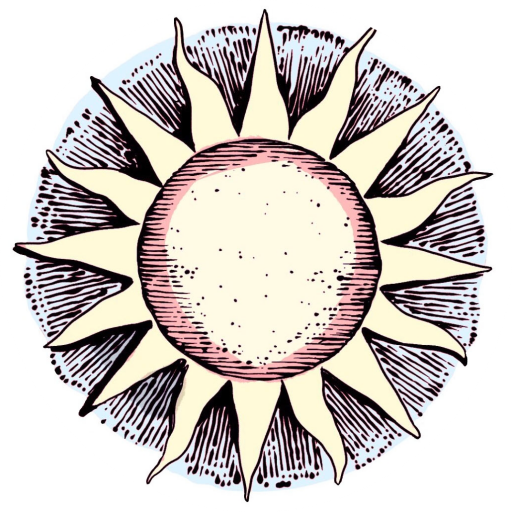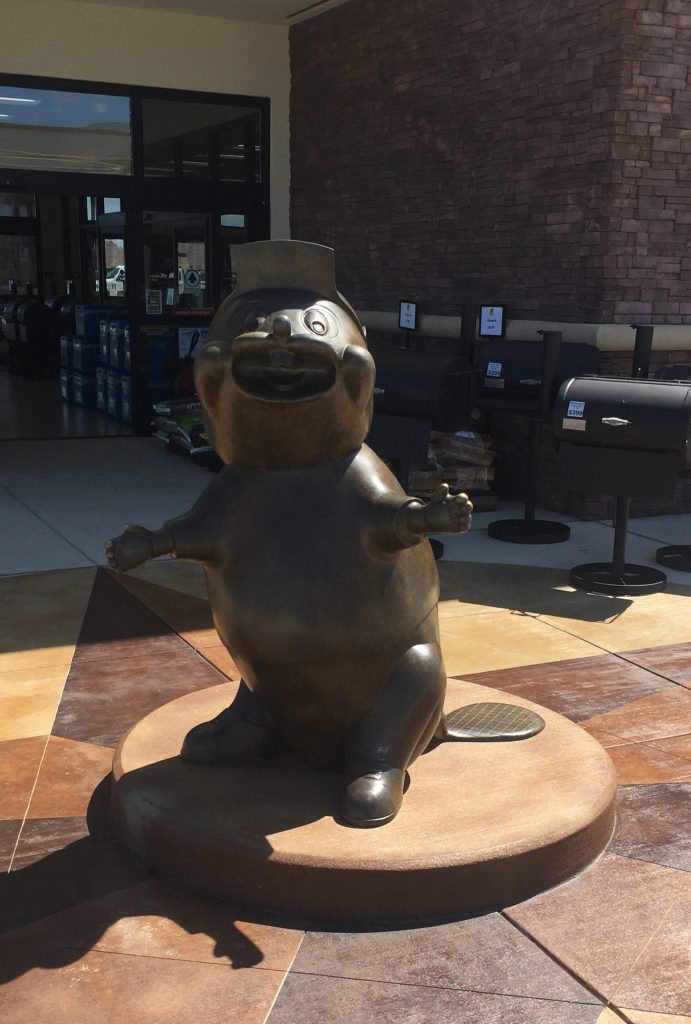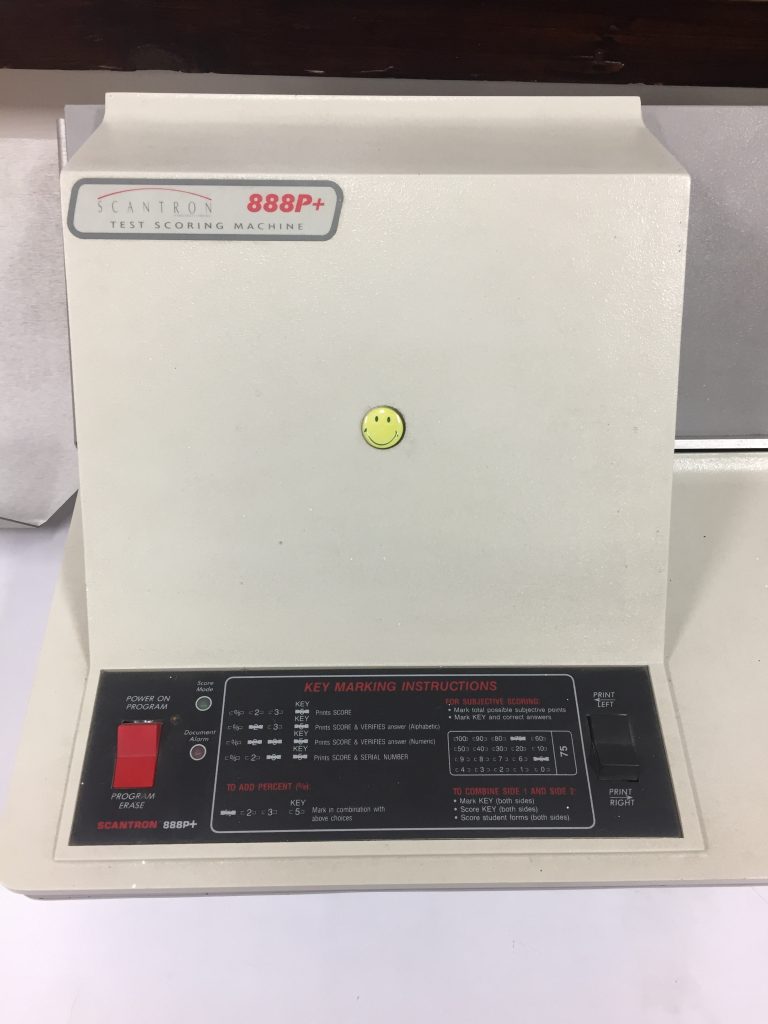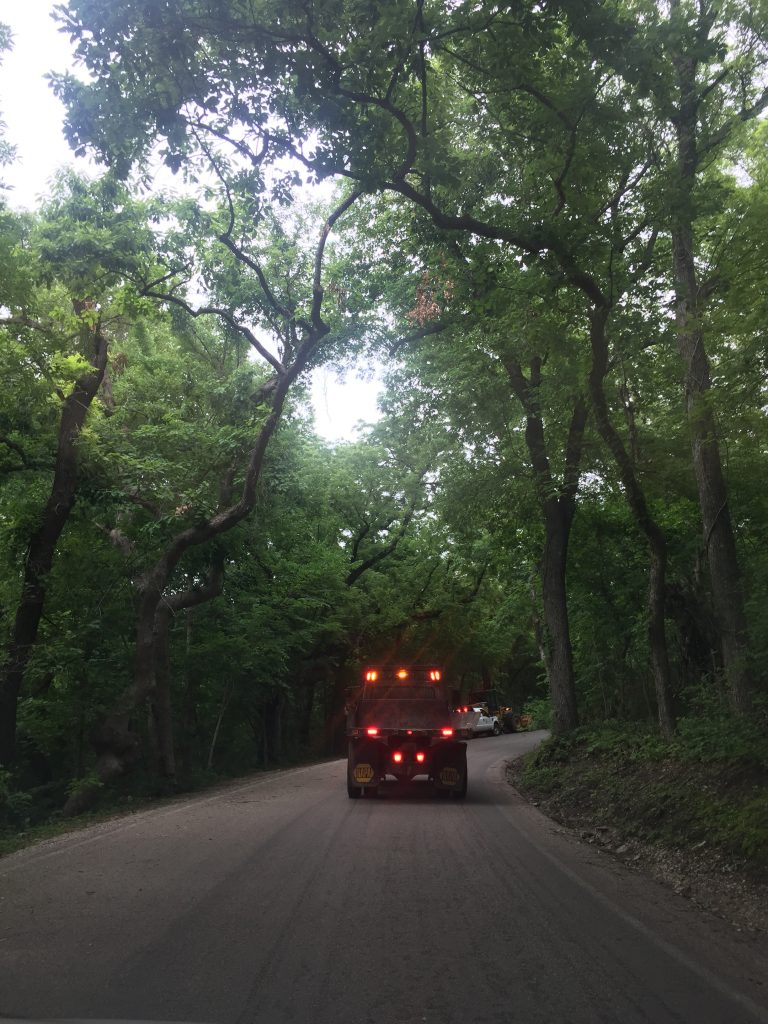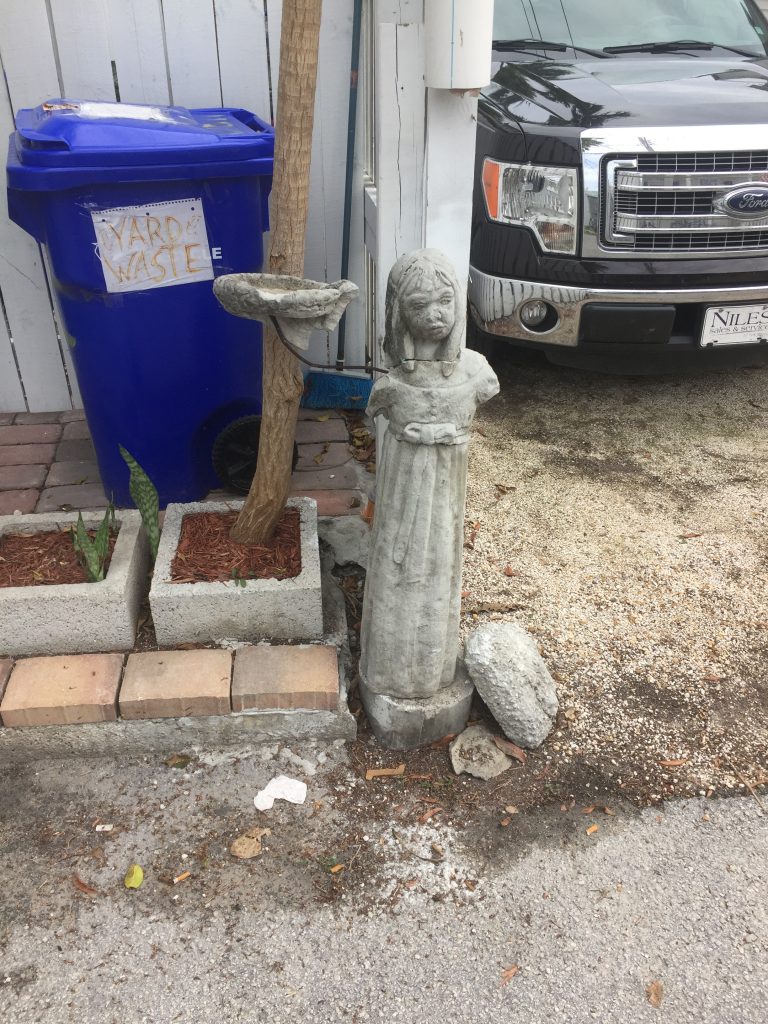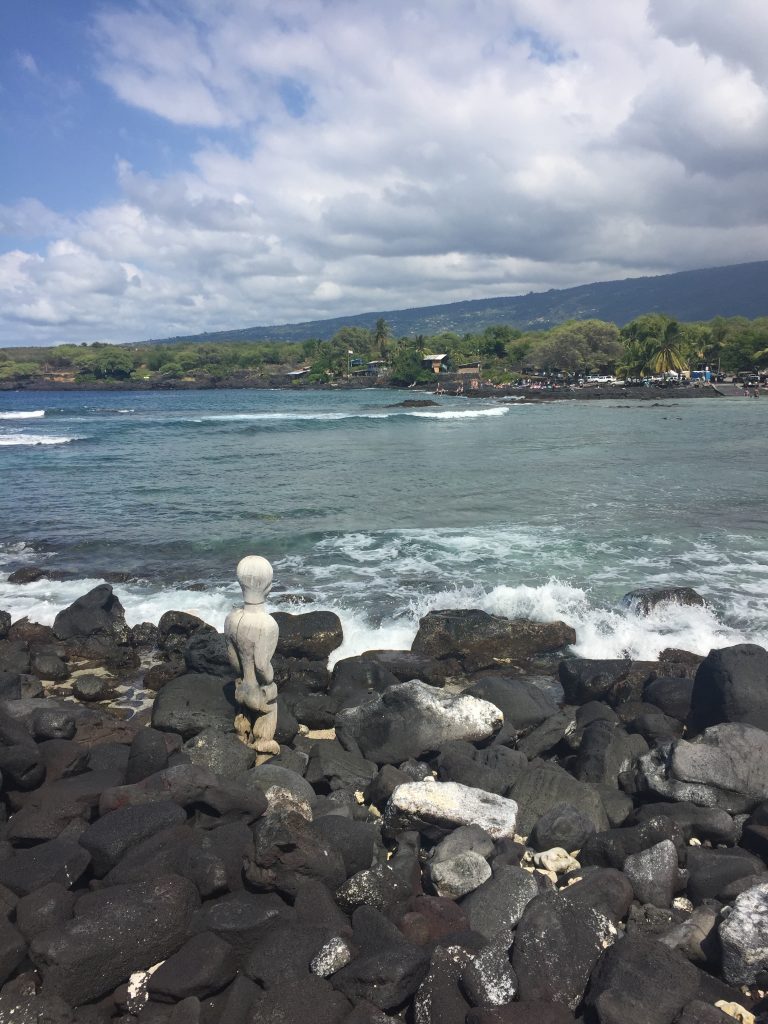No Witnesses
‘‘The Shining Face of Seattle’ is actually an hour outside the city but the name sticks all the same. It’s positioned far enough into the wooded acreage of an otherwise unremarkable rest stop that it sees little traffic, but travelers who happen to read the signs outside the bathroom will have no trouble identifying the short path that leads to the statue. It is not uncommon to see others moving that way.
The origin of the statue is entirely unknown. Bolts at the base suggest there may have existed a dedicating plaque but it has been missing long enough that its absence is clear in all existent pictures of ‘The Shining Face.’ The statue itself depicts a man in bronze, doubled over but looking up and forward, as though struggling to finish a race. His clothes suggest a modern sculptor (which makes the absent history all the more strange) and the foundations of a second, small platform that may have once held the object of his gaze can be found ahead of him in the brush. The man’s metal has oxidized black with the exception of his face which, local lore would have you believe, grants preternatural foresight to those who rub it. As one might expect, it shines.
What many don’t expect is that the ‘The Shining Face’ has worn so thin over the years that its features have smoothed or collapsed entirely, forming something like a gaping mask. Guesses regarding ‘The Face’s’ emotional state vary from terrified to ecstatic, these interpretations being reflected in the poses of those who post pictures of the statue online. One may wrap his arm around the statue’s shoulders as though consoling him, for instance, and another may bend nearby as though bowled over by the same hilarious joke.
There are surprisingly few pictures of people actually rubbing the statue, a phenomenon that can be attributed to an entirely different local tradition- booby-trapping the face. The only evidence of this dates back to 2013 when pranksters filled ‘The Shining Face of Seattle’ with raw meat (presumably pressing it through the smoothed mouth and eyes) so that when a group of scouts approached to place their hands on the metal, several bloated rats streamed out of the head. A clip of the incident can be found with a simple internet search. Legend would suggest that, at other points in time, ‘The Face’ has been covered in glue, electrified, filled with insects, wired to screech at being touched, and that the mouth has been widened, sharpened, and turned inwards so that an unwitting visitor might reach for a light inside and find themselves trapped by lips made razor, though why anyone would attempt-’
There was a time, not so long ago, when the Editor would read aloud from Shitholes as we approached a site, preparing us for what we were about to experience. In the span of a week I’ve fallen back on old habits, which is to say, I’ve gone back to skimming the entries.
It’s grown dark except for the lit eyes of ‘The Shining Face of Seattle.’ I’ve left ‘Autumn by the Wayside’ in the bike’s trailer, along with my pack- along with most of what I own. I twist for a view of the trail and feel the razor-mouth of ‘The Face’ peel back another quarter-inch of skin. The lower half of my jacket’s sleeve was cut cleanly away in my initial attempt to get free. The bare arm inside is cold and wet with blood.
My left hand fumbles, again, for my cellphone. I scroll through my contacts and reach the bottom of the list in three short seconds.
Nobody is coming.
-traveler
